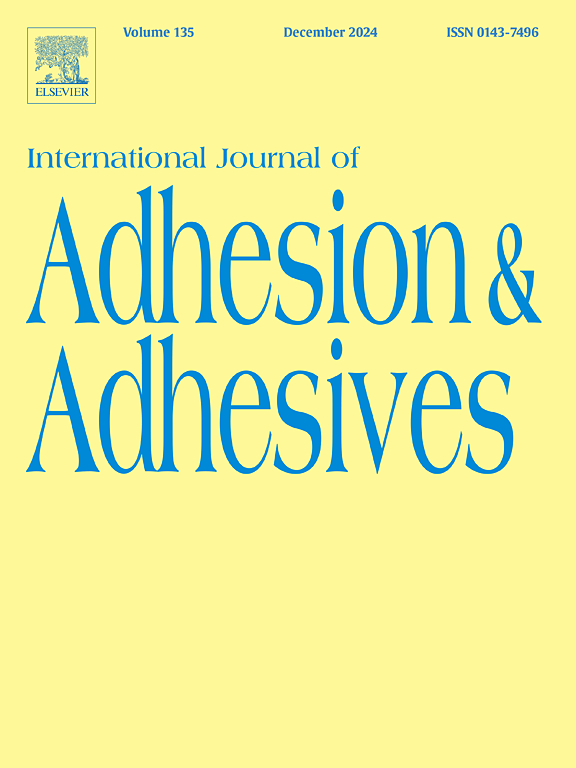Shear bond strenght of different repairing materials on 3D printed occlusal splints
IF 3.2
3区 材料科学
Q2 ENGINEERING, CHEMICAL
International Journal of Adhesion and Adhesives
Pub Date : 2024-12-18
DOI:10.1016/j.ijadhadh.2024.103927
引用次数: 0
Abstract
With the rise of new 3D printing technologies, occlusal splints are now widely produced using CAD/CAM (Computer-Aided Design/Computer-Aided Manufacture). Although new and more resistant materials are being developed, daily use can still lead to small chips or cracks in CAD/CAM occlusal splints. Repairing the splint requires the use of different materials, but knowledge on their adhesion properties is limited. The purpose of this study was to evaluate the microshear bond strength of 4 repair materials for 3D-printed occlusal devices: flowable resin, autopolymerizing acrylic resin, bis-acrylic resin, and 3D printer resin. A total of 30 disks were fabricated using 3D-printed occlusal device resin. After polishing and smoothing the surfaces, four different repair materials were applied within cylindrical tubes on each disk sample, without any surface pretreatment. Fifteen specimens were stored in distilled water at 37 °C for 24 h, while the other 15 specimens underwent thermocycling for 10 000 cycles. Shear bond testing was subsequently performed until specimen failure occurred. Data were analyzed using 2-way ANOVA (for each material and thermocycling effect) and the Tukey multiple comparison test (α = .05). Among the tested resins for 3D-printed occlusal devices, autopolymerizing acrylic resin demonstrated the most significant increase in shear bond strength and a balanced fracture pattern after aging, making it suitable for repairs. In contrast, bis-acrylic resin's initial high strength diminished after thermocycling (P < .05).
求助全文
约1分钟内获得全文
求助全文
来源期刊

International Journal of Adhesion and Adhesives
工程技术-材料科学:综合
CiteScore
6.90
自引率
8.80%
发文量
200
审稿时长
8.3 months
期刊介绍:
The International Journal of Adhesion and Adhesives draws together the many aspects of the science and technology of adhesive materials, from fundamental research and development work to industrial applications. Subject areas covered include: interfacial interactions, surface chemistry, methods of testing, accumulation of test data on physical and mechanical properties, environmental effects, new adhesive materials, sealants, design of bonded joints, and manufacturing technology.
 求助内容:
求助内容: 应助结果提醒方式:
应助结果提醒方式:


